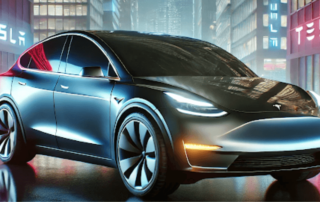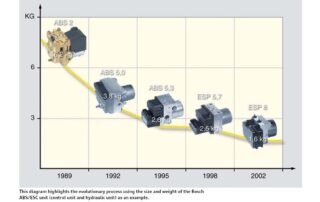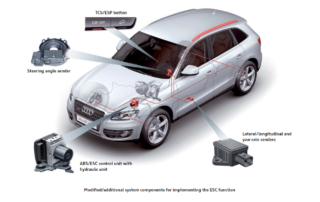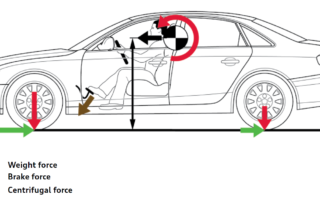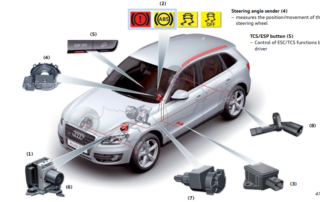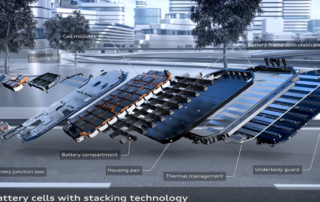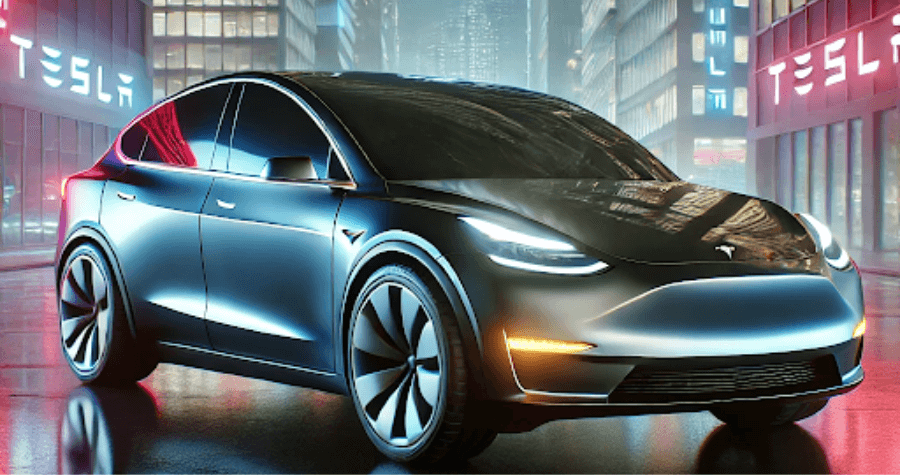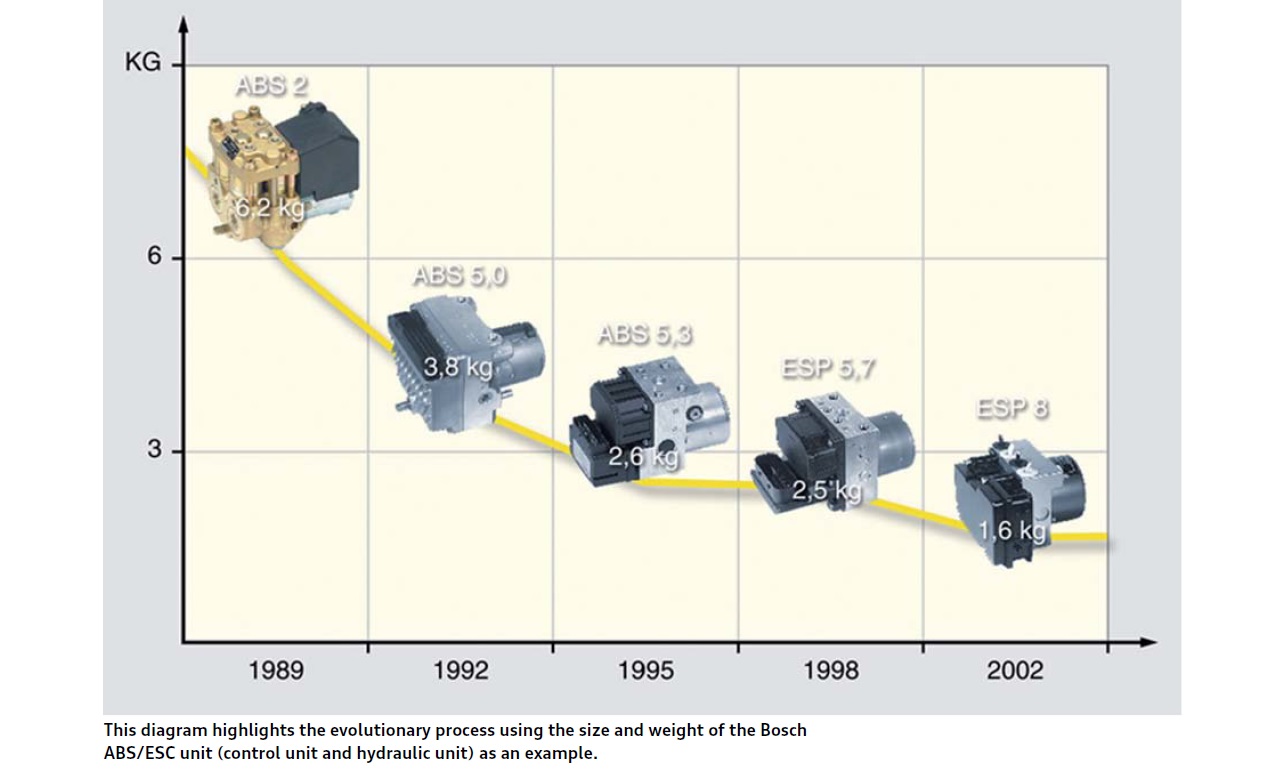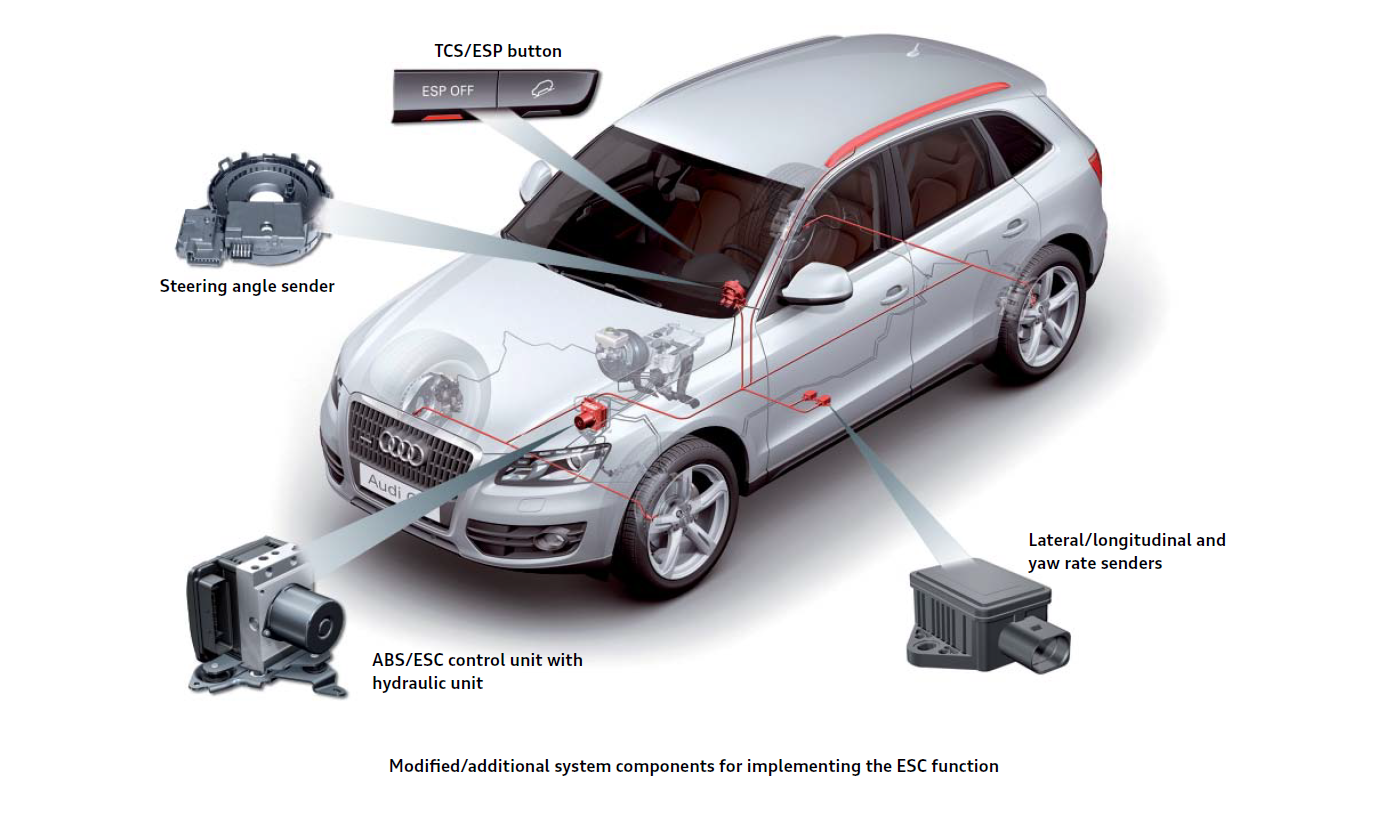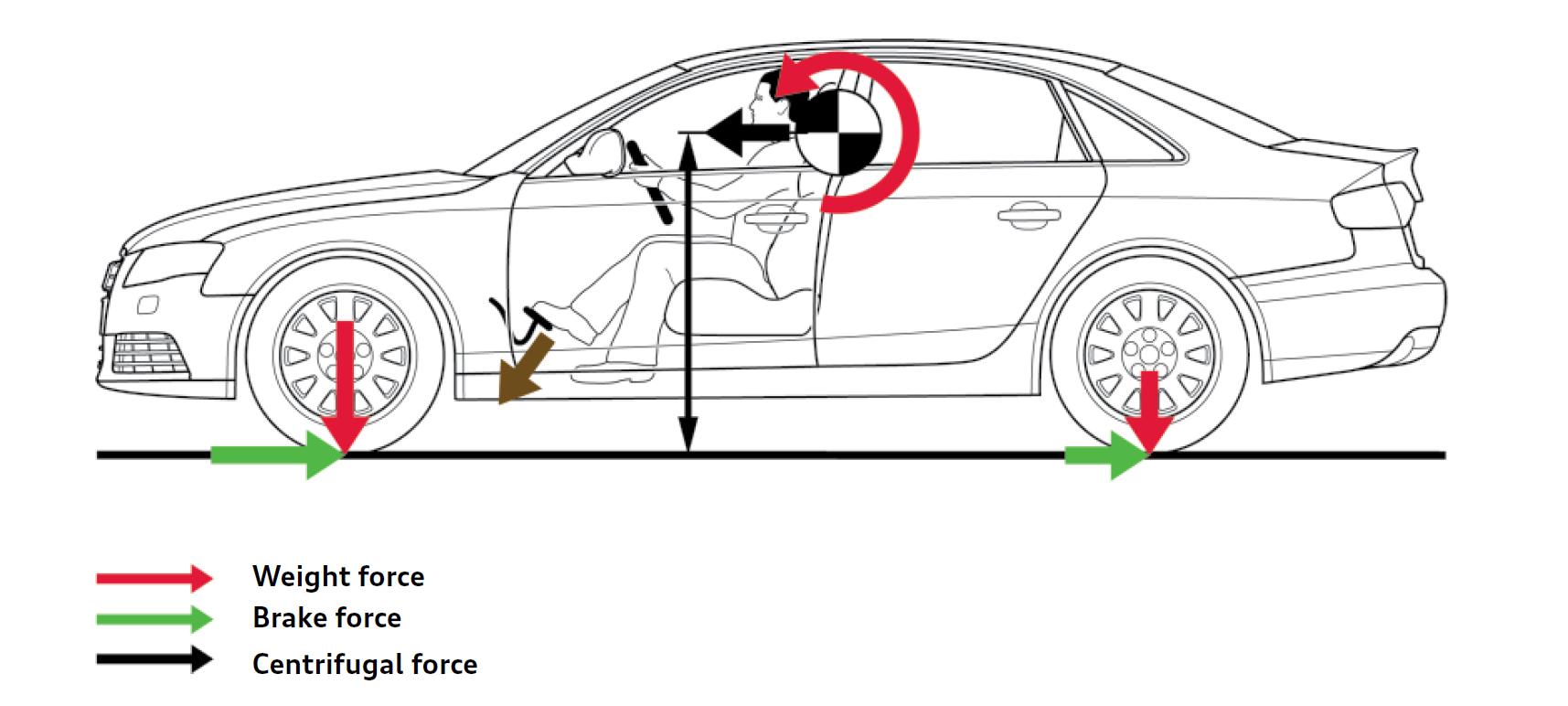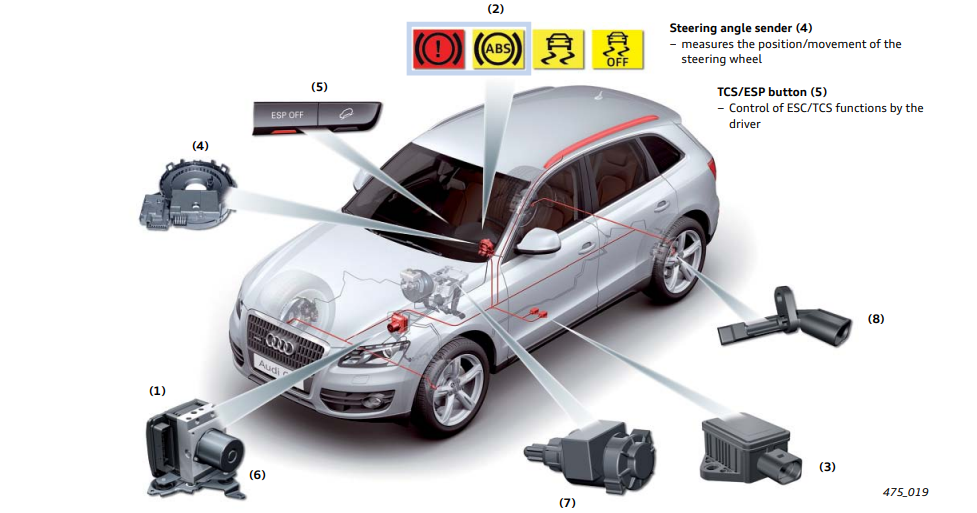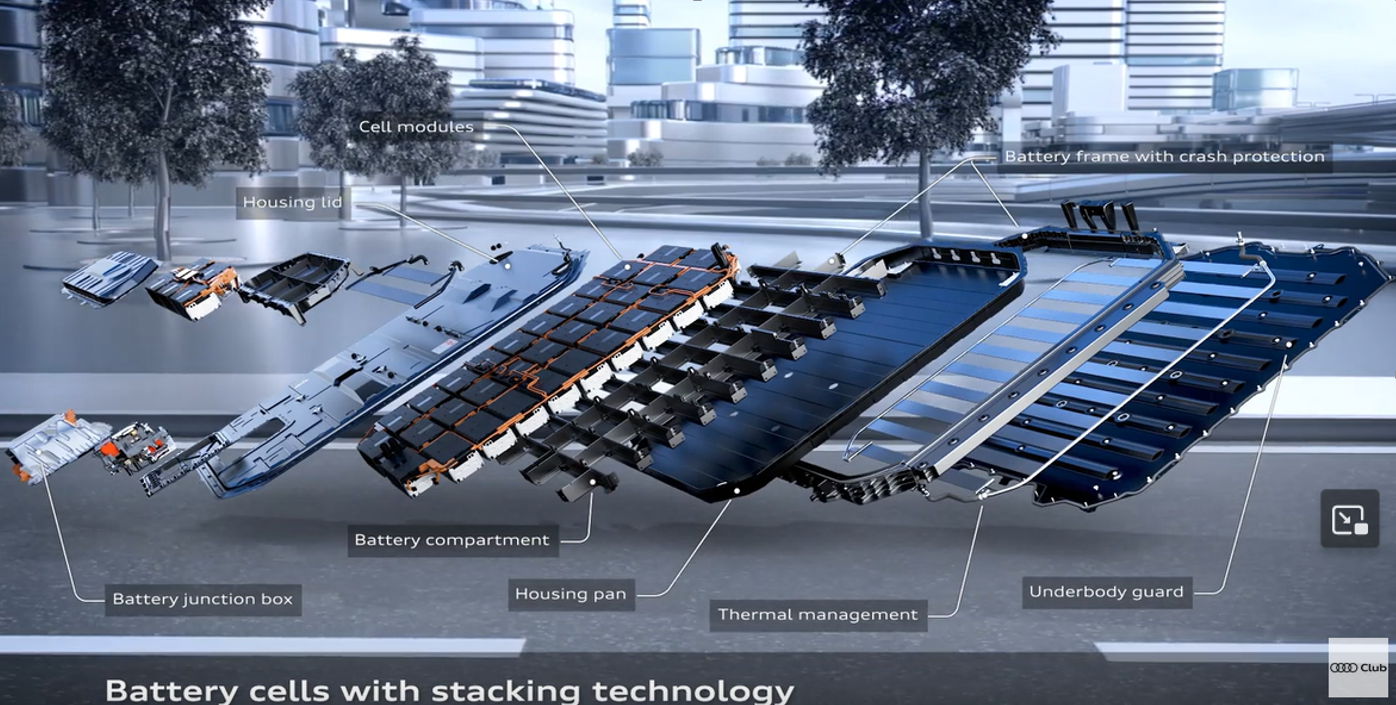Tesla Model Y, Tesla Stock, and the Future of EVs Under Trump
Tesla Model Y, Tesla Stock, and the Future of EVs Under Trump Tesla continues to dominate the electric vehicle (EV) market, with its flagship models, including the Tesla Model Y, Tesla Model S Plaid, and the highly anticipated Tesla Cybertruck. As Tesla expands its footprint in the automotive and technology sectors, discussions surrounding its stock performance ($TSLA) and potential political influences, such as former President Donald Trump's stance on EVs, have become increasingly relevant. Tesla Model Y: The Best-Selling EV The Tesla-Model Y remains one of the best-selling electric SUVs worldwide. With its impressive range, cutting-edge autopilot technology,
Hydraulic Brake Assist (HBA) How to increase Brakes Performance
What is (HBA) Hydraulic Brake Assist: Hydraulic Brake Assist (HBA): Research on braking behavior in critical situations indicates that most drivers exert insufficient pressure on the brake pedal. Consequently, precious stopping distance is "lost" because the maximum potential braking force is not utilized. Sequence of an HBA-controlled braking manoeuvre The following requirements must be met in order to activate Brake Assist (HBA): The brake pressure applied by the driver must be over a minimum value (approx. 30 bar). The rate of brake pressure build-up must be over a minimum value. The brake light
Electronic Stability Control (ESC)
Electronic Stability Control (ESC) Enhances Vehicle Safety Basic principle Electronic Stability Control (ESC) In a nutshell, the basic principle of the ESC system is as follows: by braking individual wheels it is possible to influence the direction in which a vehicle travels. Electronic Stability Control (ESC) The front right wheel on the vehicle shown here is braked while travelling in a straight line. The brake force F acting on this wheel is at a distance s from the vehicle's vertical axis. As a result, the brake force produces a torque Md
Electronic brakeforce distribution (EBD)
Understanding Electronic Brakeforce Distribution (EBD), Enhancing Vehicle Stability and Braking Efficiency Automotive Safety: Electronic Brakeforce Distribution (EBD) When a vehicle is braked, the load on the front axle increases while the rear axle is relieved of load (dynamic axle load shift). This is due to the inertia of the vehicle body. The resultant torque about the vehicle's transverse axis increases the load on the front axle. In practice this effect can be observed in the dipping of the vehicle body at the front axle during a braking manoeuvre (brake dive). Due to the increase in front axle load,
Understanding the ABS Anti Lock Braking System: How Does ABS Work and Why It’s Essential?
The ABS Anti Lock Braking System: History, Functionality, and Key Components What is ABS System? The ABS anti lock braking system is an essential safety mechanism in contemporary automobiles. It prevents the wheels from locking up during braking, ensuring that the driver maintains control and steerability, even in challenging road conditions. But how does ABS work, and where did it all begin? The History of Anti Lock Braking Systems The roots of the anti-lock braking system trace back to 1920 when a hydraulic mechanism was introduced for aircraft to limit
Electric Vehicle Battery (EV Battery) Technology: Higher Capacity & Faster Charging
More battery capacity and higher charging power: Electric Vehicle Battery ( EV Battery ) The high-voltage battery system in the new Electric Vehicle Battery ( EV Battery ) operates with a nominal voltage of 396 volts. Two different battery sizes are available: the battery has a storage capacity of 89 kilowatt hours net (gross: 95kWh), while the two more powerful versions, the have 106 kWh net (gross: 114 kWh). In both cases, the space required for the drive battery is the same; thanks to further developments in cell technology and structure as well as in cell chemistry, the

